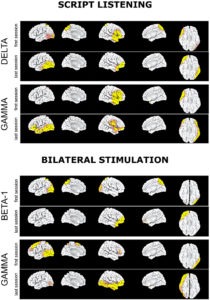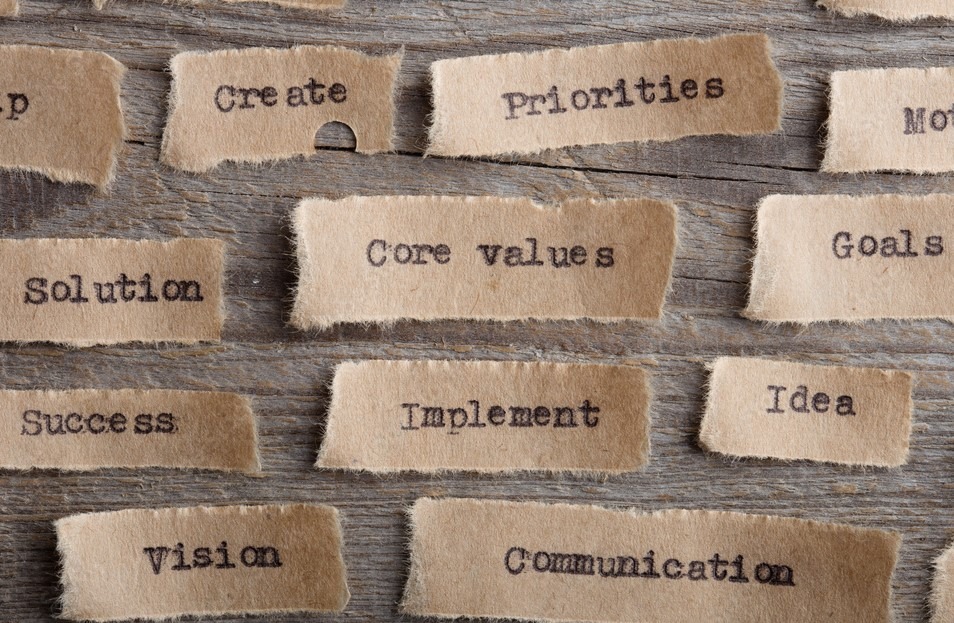EMDR you’ve heard of it, but you’re not sure what it is. Or maybe you’ve never heard of EMDR, but you know you need help and you’ve tried everything. Perhaps you’ve done EMDR before and you want to get some more work done. It could be that you had a shi*ty experience with EMDR, and you want to try it again. Regardless of why you’re curious, we’re glad you decided to come to us!
Before we dive into explaining this powerful therapy, there are a few things you might have heard along the way & we’d like to set the record straight.
EMDR MYTHS AND MISINFORMATION
It’s not hypnotherapy. You remain quite alert and engaged in all of your sessions. In fact, we want you to be on the ready. You are going to experience “ah ha” moments like never before. You’ll learn about why you’re stuck in patterns, and you’ll learn how to overcome them.
It’s not a fad. It may seem a bit strange at first–no doubt about it. About 30 years ago, a psychologist made a chance discovery. Since that time, EMDR’s been tried, tested and found true in the field of psychology.
It’s not NLP (neurolinguistic programming). As soon as we mention eye movements, some folks think NLP. That’s not this.
It’s not tapping. You may have seen YouTube videos instructing people to tap certain parts of their bodies to relieve anxiety or other problems. It might be helpful, and it might not be helpful. EMDR is definitely not this.
EMDR: WHAT IS IT?
- It’s paradoxical. The first principle of EMDR is that you don’t do anything. In fact, the harder you “try”, the less it works. You’re only job is to notice what happens with your thoughts, emotions, and body.
- It involves bilateral stimulation (BLS). BLS may be in the form of eye movements, holding onto little buzzies thingies, or listening to clicking sounds. Alternating sensory experience between left and right sides of the body gets your brain’s attention.
- It’s more than just BLS. You will learn how to calm yourself, recognize patterns, behave differently, understand your thought processes, and have better relationships. The skills you learn will take you further than nunchuk skills (Napoleon Dynamite fans, you get it).
- Lastly, it’s personalized. Not everyone does BLS, nor is it appropriate to do BLS in every situation. An experienced EMDR clinician knows how to use BLS in creative and specific ways. Think of your therapist as a tailor, the tailor knows where to nip and tuck so that you end up with the right fit.
EMDR: WHY IT WORKS
There are about 7 different theories that try to explain how EMDR works. While no theory has been proven, and it may be the case that there are truths in all of them, we like that one that seems most cohesive. It’s premised on the idea that your body and brain have the natural ability to heal itself. Your entire brain-mind-body system is built around the need of survival and adaptation. EMDR capitalizes on these principles. For example, if you cut your arm, your body organizes itself to close the wound. However, if there is a foreign object in the injury, it becomes inflamed, infected, and painful. We know that when it’s removed, the body will begin the healing process. Awesome stuff!
The mind works in a similar way. The brain-mind-body processes naturally move in the direction of health. If for some reason there is a blockage, like a bad experience, the emotional wound remains unhealed. The lack of healing causes suffering in the form of unwanted patterns of emotions, limiting beliefs or behaviours. However, once the blockage is removed, the brain organizes itself to heal. The pain resolves, because it’s no longer necessary. Doubly awesome stuff!
5 Reasons To Go For It
1. Feel better faster. Repeated studies show that EMDR provides benefits in shorter amounts of time than traditional therapy. Be realistic here–it’s still going to take some time!
2. With EMDR, treatment can occur more frequently, which means you get results sooner.
3. Insights, increased motivation and adaptive behaviours occur spontaneously. EMDR reverses some of the effects that trauma has on the brain. The image of script listening is when the client recalls a traumatizing experience without EMDR. The image of bilateral stimulation is taken after EMDR. Just look at the difference in where the changes of the red and yellow are showing after EMDR. The brain starts using higher levels of functioning.
Pagani et al. (2018) Metabolic and Electrophysiological Changes with Succsssful EMDR Treatment
4. The effects of EMDR continue and last. Follow up studies show that the effects of EMDR tend to outlast other types of therapy.
5. Unlike most other treatments, EMDR therapy clients are not asked to relive awful memories for prolonged periods of time.
In short, if you want to get control over the patterns in your life, give us a shout. We’d be happy to work with you. Book your risk-free consultation, and let’s get started!












